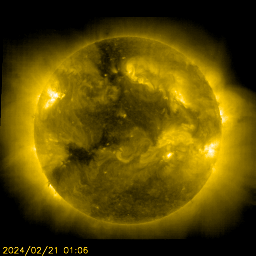Le blog passera en privé le w-e prochain.
J'enverrais le code par mail, il faut faire la demande sur illarramendi.archi@hotmail.fr
Pour ceux qui ont déjà demandé, j'ai enregistré les demandes.
Bonne journée.
Mise à jour.
J'ai enregistré toutes les nouvelles demandes mais je ne pourrais peut-être pas répondre à toutes individuellement. Pour répondre à une question, bien entendu, le blog restera "gratuit"....
Si je fais cela, c'est pour garantir une plus grande liberté de parole. Nous allons entrer dans une époque de grande lutte contre la liberté d'expression. Faire un blog privé, avec un code d'entrée, permet de se préserver.











